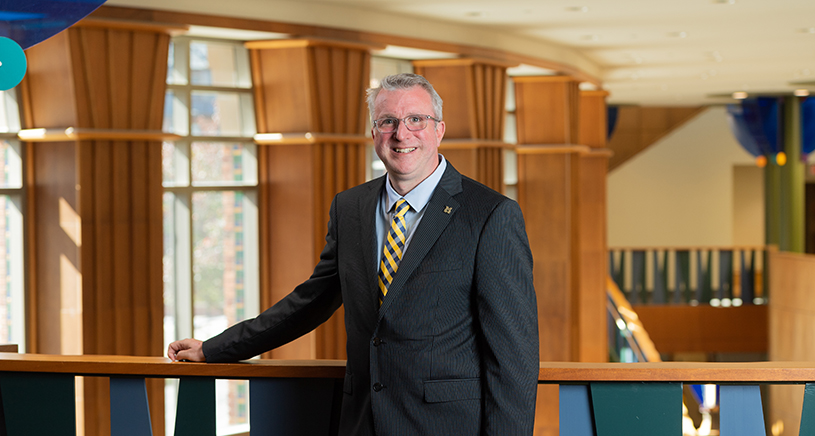Courses Details
EPID505: Polymicrobial Communities in Human Health and Disease
- Graduate level
- Residential
- Fall term(s) for residential students;
- 3 credit hour(s) for residential students;
- Instructor(s): Alex Rickard (Residential);
- Last offered Fall 2019
- Not offered 2024-2025
- Prerequisites: None
- Undergraduates are allowed to enroll in this course.
- Description: Regions of focus for the study of the human microbiome (image taken from http://nihroadmap.nih.gov/hmp/ ) This course provides an opportunity for students to become familiar with the concept that humans contain more than just an organized assemblage of mammalian cells. In addition to our human cells, there are numerous microbial inhabitants- many are bacteria. Indeed, on a per-cell basis, these bacteria outnumber human cells by at least an order of magnitude. How resident bacteria interact with one another and with transient (often pathogenic) bacterial species is important to understand because these interactions can promote health or potentially aid the transition towards disease. One such example of these interactive polymicrobial communities can be found in dental plaque, where 400 species of bacteria can cohabitate, and their physical and chemical interactions play a role in the colonization of pathogenic species. In this case, disease can be manifested as periodontitis. Other examples of microbial communities of the body that will be studied in this course include skin/wounds, the upper-respiratory tract, the gut and the urogenital tract. Overall, this course will describe the microbial ecology of the human body and driving forces promoting the transition from those communities associated with health to disease-causing communities. Special emphasis will be given to cutting-edge laboratory techniques when exploring the microbial ecology of the human body. This course will culminate with a broad overview of the current understanding of the human microbiome and potential associated social ramifications of future research.
- Learning Objectives: Four learning objectives include: (1) Learn about the complexity of the human microbiome and techniques that are available to study the ecology of human-associated microbial communities. (2) Realize the impact of the microbial inhabitants of humans on health and disease and be able to describe microbial factors that promote the transition towards diseased states. (3) Participate in a scientifically-founded class debate: Addressing the legal, ethical and social ramifications raised by research into the human microbiome. (4) Understand cutting-edge research and review articles discussing results of investigations of the human microbiome. Furthermore, each student will use these articles to develop a paper which outlines a plan to study the ecology of host-associated microbial communities in health and/or disease.

